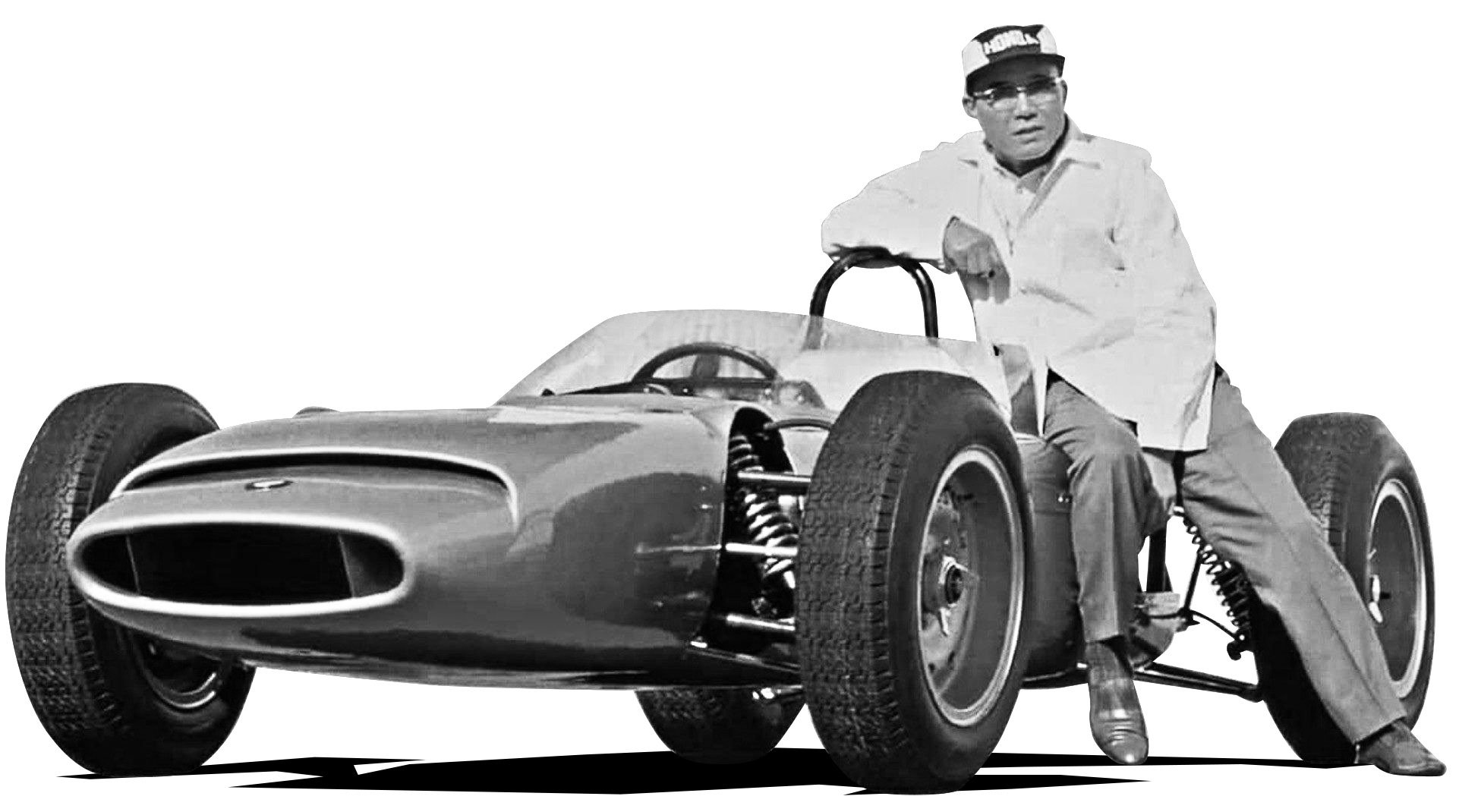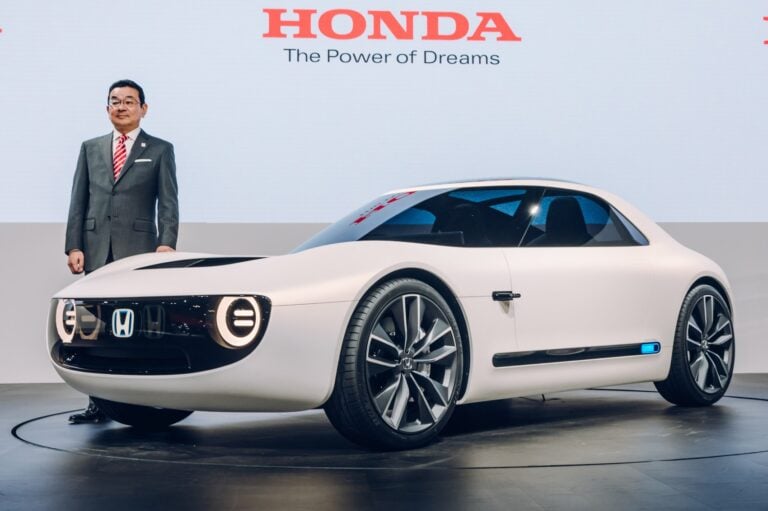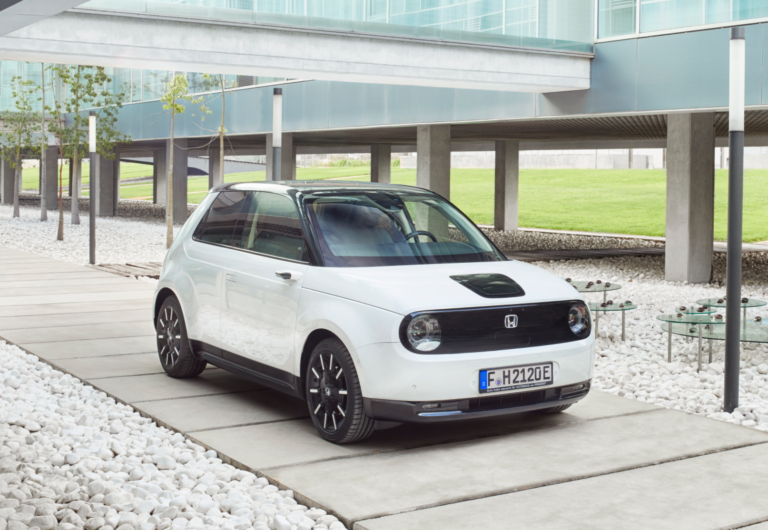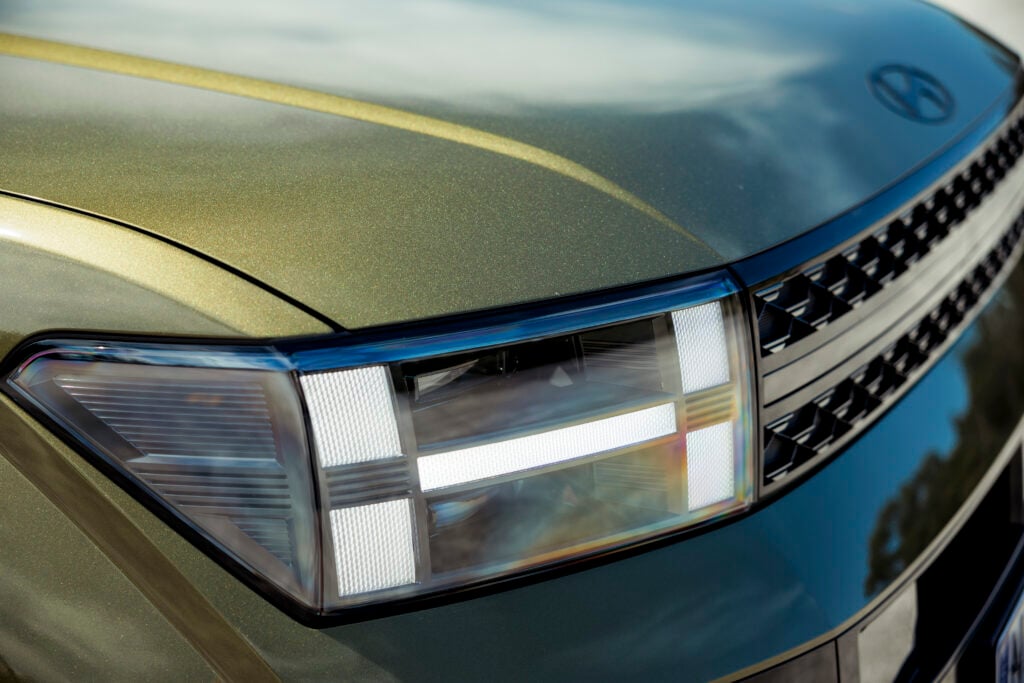A man was tilling the infield when we arrived at the Honda R&D Proving Ground in Tochigi in late 1990 to drive the then new NSX. Nearby, another was mowing a large grassy patch. They weren’t doing the gardening. They were testing Hondas.
It’s called Honda Motor Company for a reason. Soichiro Honda started out fitting two-stroke motors to bicycle frames. The company he founded in 1948 today makes more internal combustion engines each year – more than 20 million by last count – than any other, engines that not only power cars and motorcycles, but also boats, generators, lawnmowers, tillers, snowblowers, and water pumps, among other things.
Soichiro Honda, the son of a blacksmith, born in a village just outside Hamamatsu in 1906 and who died in 1991, was described by author David Halberstam in his 1986 book on the rise and fall of the Japanese and American car industries, The Reckoning as “…an authentic genius, a man who loved to create and experiment, the closest thing that modern Japan had produced to the first Henry Ford”.
The Henry Ford comparisons are tempting. Like Henry, Soichiro was essentially a self-taught engineer with grease under his fingernails, disdainful of the automotive establishment and and contemptuous of stuffy government bureaucrats, famously defying a 1961 edict from Japan’s powerful Ministry of International Trade and Industry (MITI) that Honda should stick to producing motorcycles.
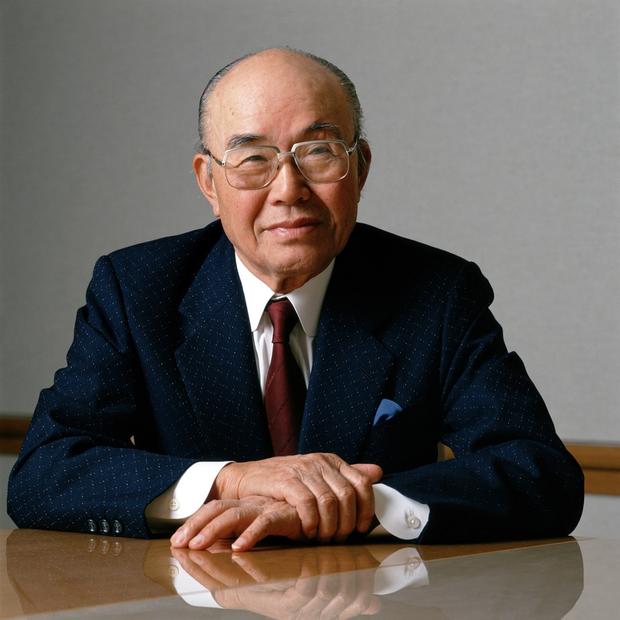
Soichiro’s Model T had two wheels, not four. The Honda Super Cub, launched in August 1958, was a deceptively simple looking machine, ingenious in its design, and implacably durable. Ford built 16.5 million Model Ts between 1908 and 1927. Honda’s Super Cub is still in production, more than 60 years after its debut, and more than 100 million have been made.
But while Henry was obsessed with finding a better way to build a car, Soichiro was obsessed with finding a way to build a better car. In July 1960, Honda’s R&D division was spun off as an entirely separate and independent subsidiary, so engineers could concentrate on developing technologies that could be adapted to new products.
The establishment of Honda R&D Ltd paid off handsomely when the Compound Vortex Controlled Combustion system (CVCC) its engineers developed enabled the 1974 Honda Civic to meet tough new emissions standards enacted in the USA without the need for a catalytic converter or the power-sapping engine management strategies hastily cobbled together by American carmakers who’d bitterly opposed the regulations.
“When Congress passes new emissions standards, we hired 50 more engineers and GM hires 50 more lawyers,” Soichiro quipped in an interview in Playboy magazine, shortly after he’d shipped a 1973 Chevrolet Impala V8 to Japan, had it fitted with specially made CVCC cylinder heads, and then sent it back to US, where it had easily passed the stringent 1975 emissions test.
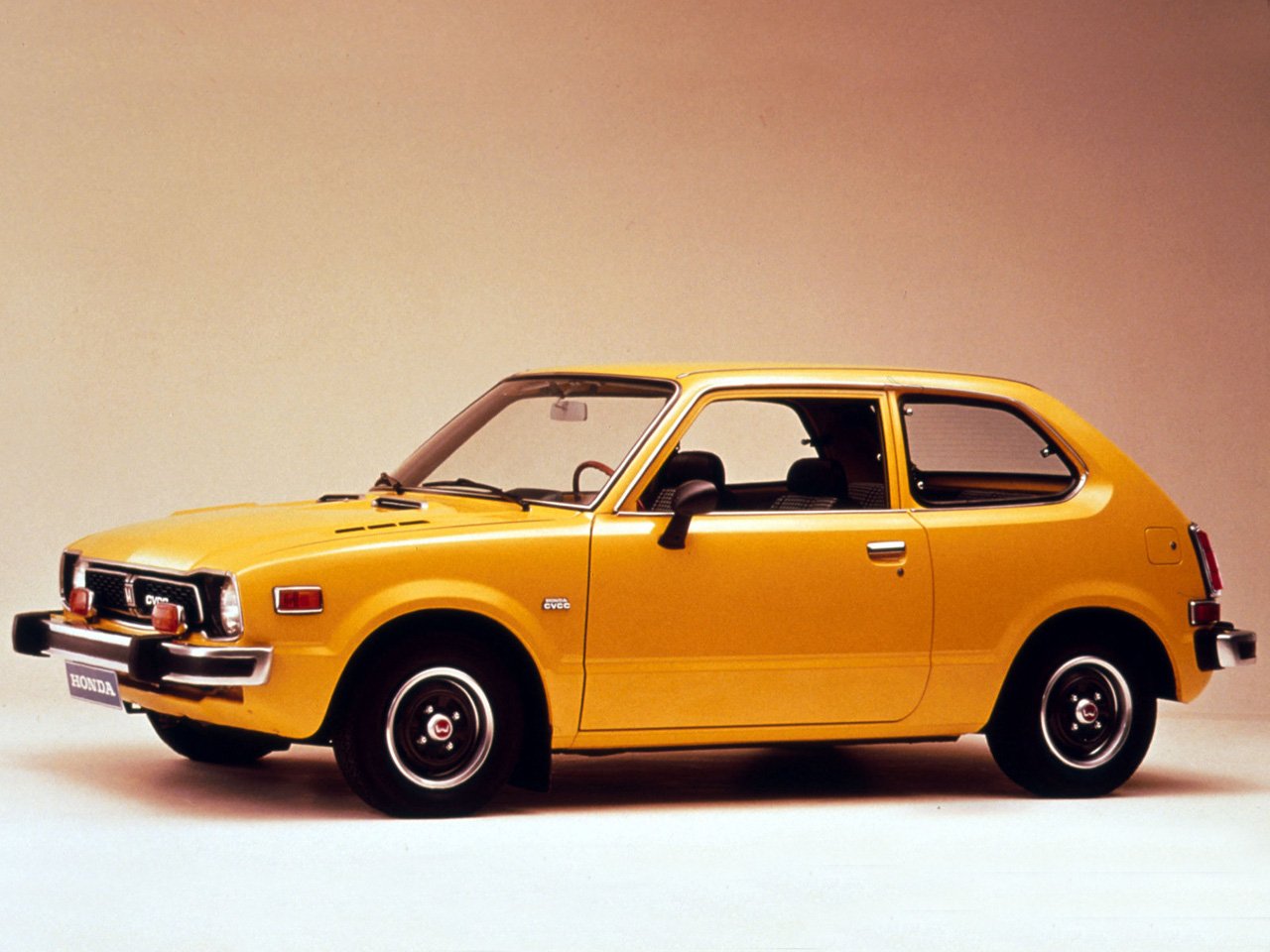
The CVCC Civic made Honda’s fortune in America and positioned it as an innovator with a brilliant feel for mass-market products. But almost 50 years later, Honda has announced it will release two cars in 2023 built on an electric vehicle architecture designed, engineered and manufactured by… General Motors.
The world’s most prolific internal combustion engine manufacturer has been slow to flick the switch on producing battery electric vehicles in volume, and now is furiously scrambling to develop its own BEV platforms and solid-state battery packs. The company says it wants 40 percent of its vehicles sold in America to be BEVs or fuel-cell vehicles by 2030. But ironically, Honda can’t do it without GM.
That low rumbling sound you hear is Soichiro Honda spinning in his grave.


